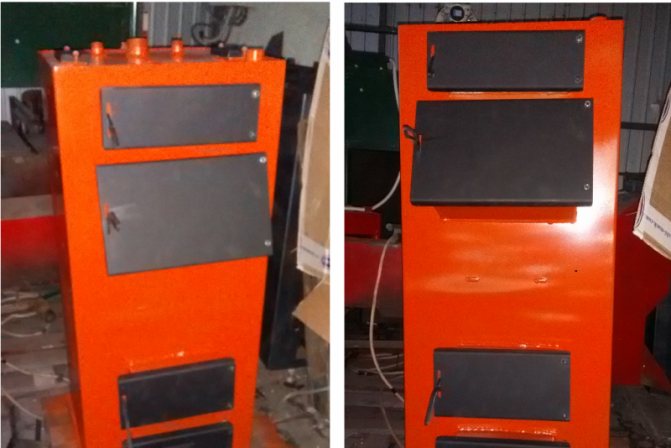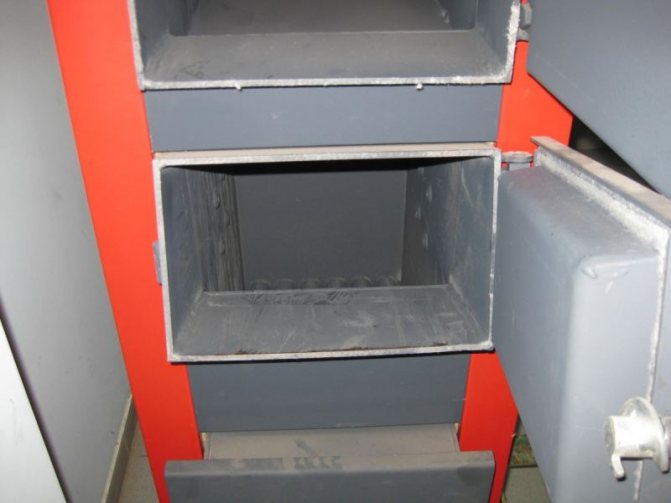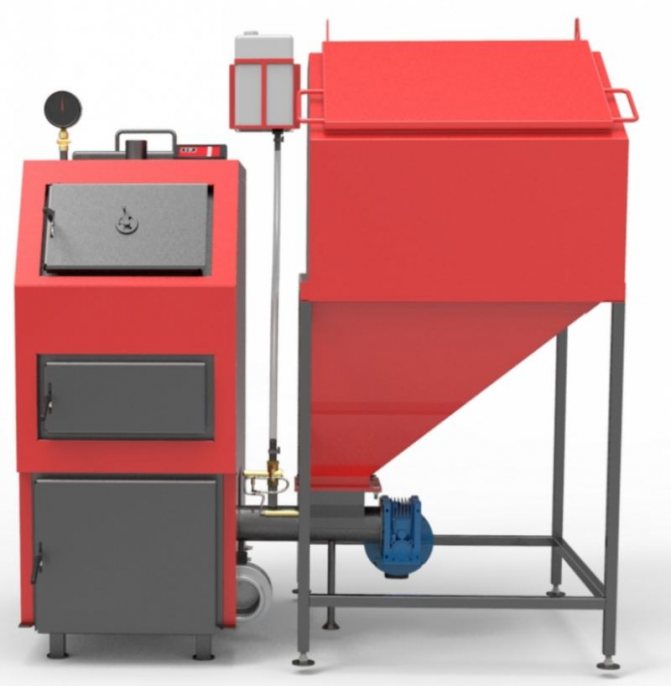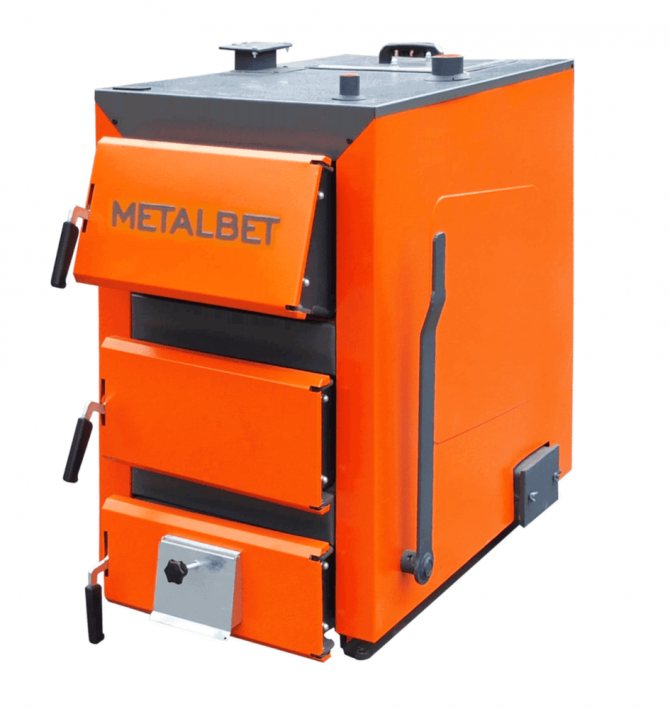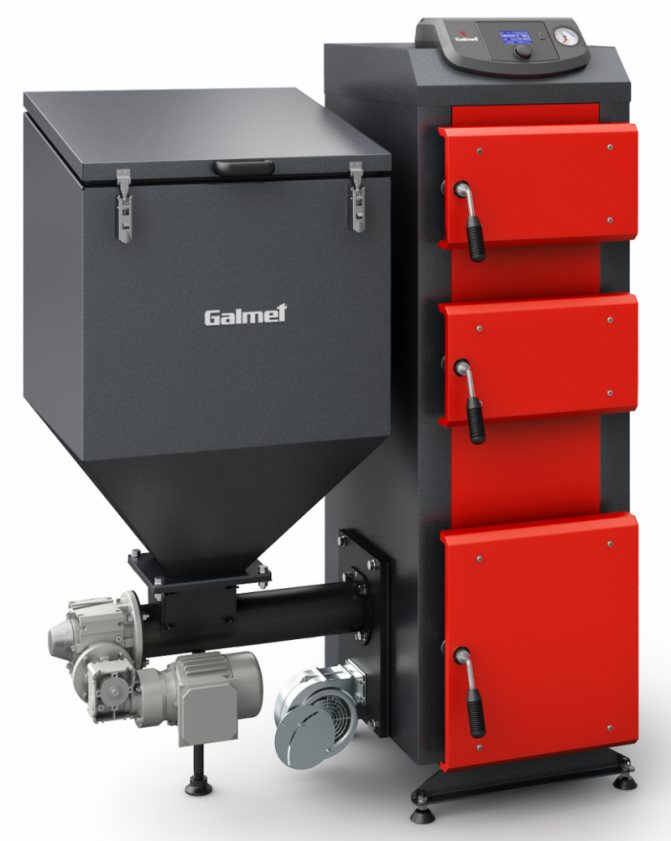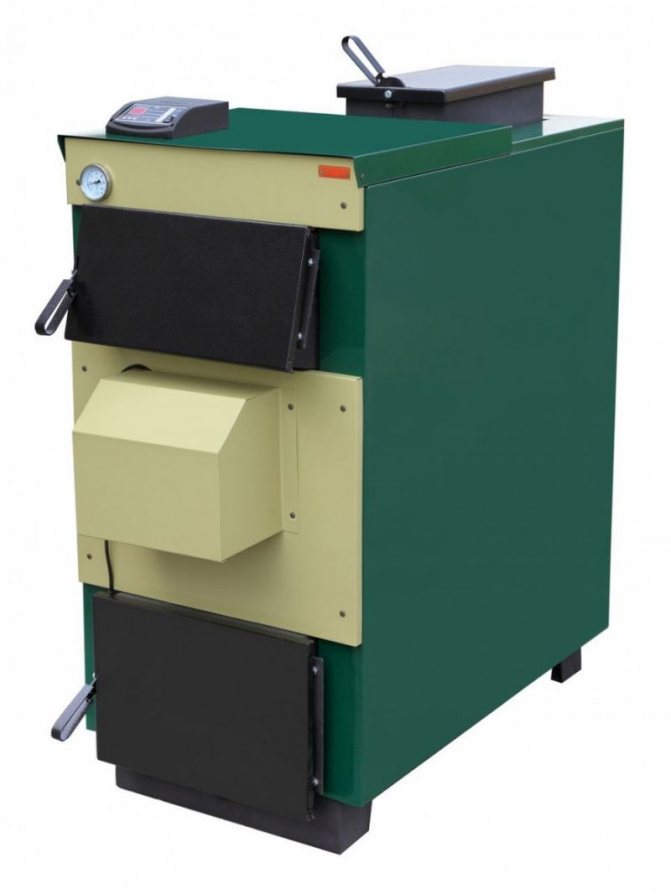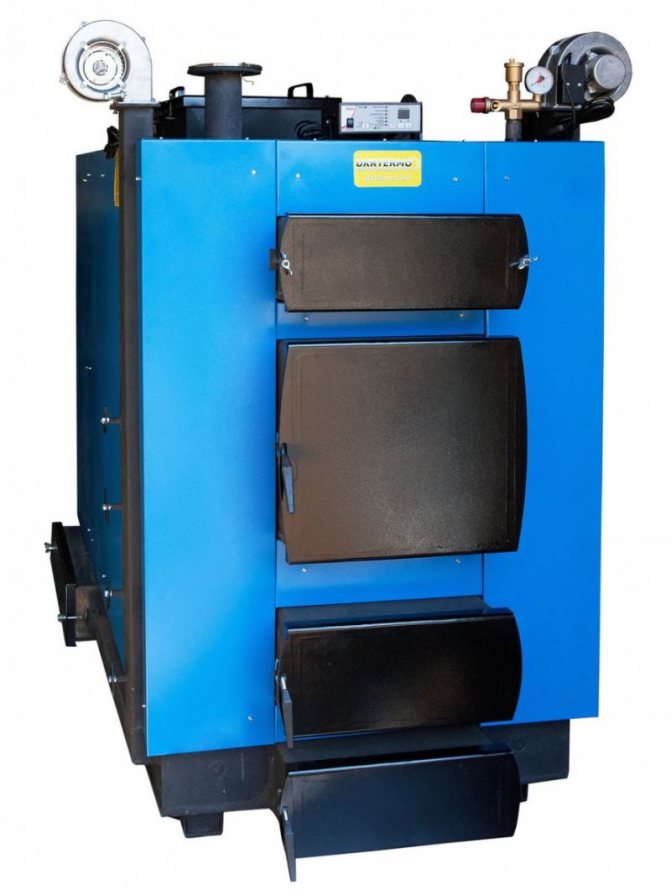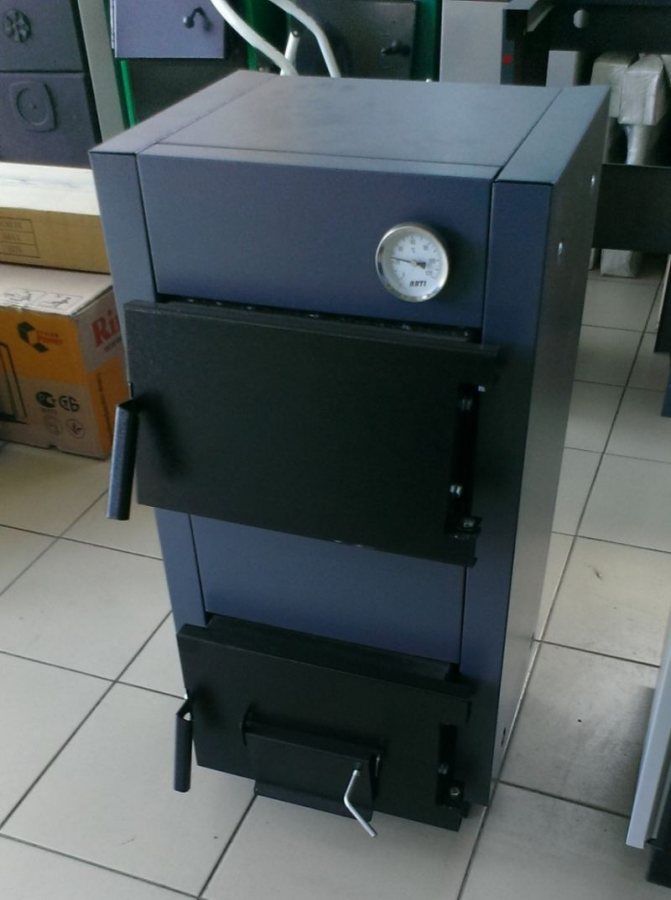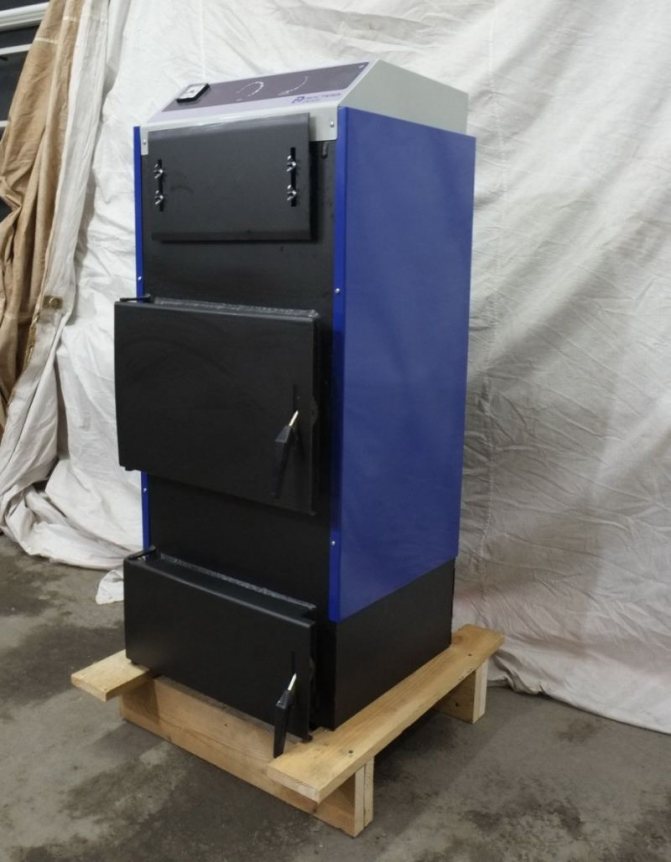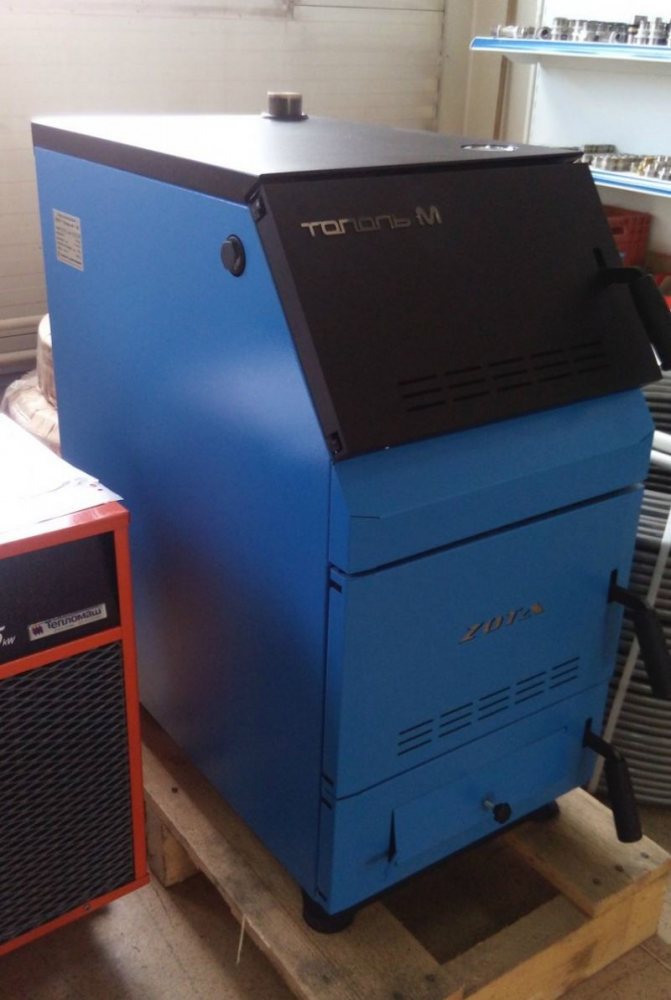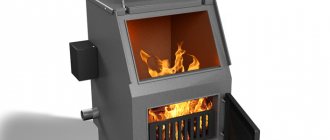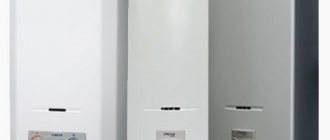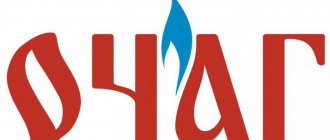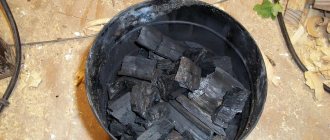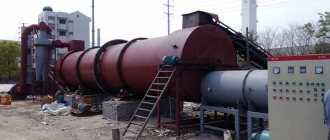What are solid fuel coal boilers
Solid fuel coal boiler is a modern heating unit, in which anthracite, coal, long-flame, gas, black, brown coal, pressed briquettes, and also some other types of solid fuel can be burned to obtain energy and then heat the coolant.
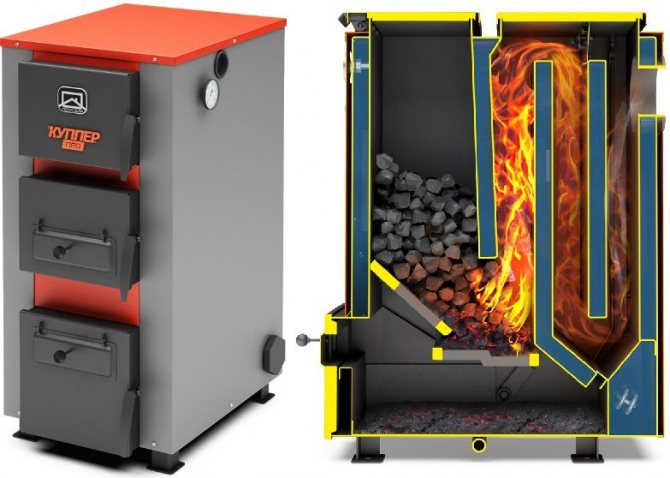
The modern coal-fired boiler Teplodar Kupper in section.
In fact, boilers of direct (bottom-up) combustion are the successors of the traditional Russian stove, but if a massive stone (brick) structure should be laid even at the preliminary stages of building a house, then a more compact device can be connected to an existing system.
Application and effectiveness
Coal-fired boilers are installed in residential and commercial buildings (summer cottages, cottages, offices) located in areas where connection to the gas supply system is problematic. It is ideal to use a coal boiler for heating a private house with an area of up to 100-150 m2.
Comparison of the efficiency of boilers using different types of fuel:
| Energy resource type | Calorific value, mJ (kW) / kg (m3) | Fuel price, rubles / ton (m3) | Efficiency | Cost of kW of energy, rub. |
| brown (w ≈ 20–40%) | 12,9 (3,6) | 2700–3200 | 70 % | 1,71–1,27 |
| stone (w 7-15%) | 27,1 (7,5) | 6000–7000 | 70 % | 1,14–1,34 |
| anthracite (w ≈ 1-3%) | 31,1 (8,7) | 8000–8500 | 70 % | 1,31–1,40 |
| natural gas | 36,5 (10,3) | 5400–5700 | 90 % | 0,63–0,65 |
| firewood (w ≈ 60-50%) | 8,1 (2,2) | 1300–1500 | 60 % | 0,98–1,05 |
| firewood (w ≈ 30–20%) | 11,2 (3,1) | 1500–1800 | 60 % | 0,76–0,83 |
| granules (pellets) | 17,2 (4,7) | 7000–9000 | 85 % | 1,75–2,25 |
| briquettes (euro wood) | 16,1 (4,3) | 6000–8500 | 85 % | 1,65–2,32 |
As can be seen from the table, from a financial point of view, a coal boiler is far from the most economical option: it loses to gas and wood-burning units.
Compared to gas, which burns almost completely, coal leaves behind a lot of ash, which means that it has a lower combustion efficiency and part of the money spent on fuel will inevitably go to pay for "garbage waste", in the truest sense of the word.
The second closest competitor to coal is firewood. They are obviously cheaper, but not so convenient to use: in addition to the fact that they will have to be brought to the desired fraction (or buy chopped, but more expensive), you also need to throw firewood into the furnace every 3-5 hours, while coal burns for 6-10 hours.
Device and principle of operation


Schematic representation of the principle of operation of coal-fired boilers.
The fundamentally constructive device of a coal-fired boiler does not differ from any other solid-fuel unit, that is, it consists of the following units:
- outer capacious cylinder, which is also a body;
- a layer of insulating material covered with cladding panels;
- an inner cylinder located along the same axis (coaxial) with the first;
- combustion chamber (firebox), diverted to the lower part of the inner cylinder;
- a hole adjustable by the flap (blower) to create and enhance traction;
- variable system of air outlet and air supply pipes;
- compartment for collecting ash and instrumentation (optional).
reference... The inner and outer cylinders cannot adhere to each other: there must always be a free space (water jacket) between them for the coolant to pass through without hindrance. In this case, the size of this gap directly determines the amount of simultaneously heated water.
The principle of operation is extremely simple: due to the draft of the chimney, air enters the furnace, which causes coal combustion and the release of thermal gases. They, in turn, heating the inner walls, convert heat into hot steam or transfer it directly to the water circulating in the heat exchanger system.


Some boilers, like TeplodarCupper Carbo 26, are equipped with heating elements for additional heating of the coolant.
The heated water supplies the pipes of the home heating system and / or hot water supply (DHW), and then, after going through a full cycle (circuit), it returns back to the boiler. Waste heat gases enter the chimney, where, due to their energy, the optimum temperature for creating draft is maintained.
Reviews of household coal-fired boilers: advantages and disadvantages
Coal boilers have been used for heating private houses for a very long time, therefore, thanks to many years of practice and feedback from the owners, they can be assessed as objectively as possible:
| Benefits | disadvantages |
| long working time - coal burns out slower than most other fuels (firewood - 2-2.5 times, pellets - 2.5-3 times) | high price - the price of even the most primitive coal-fired boilers is quite comparable to the price of gas units |
| uncomplicated design - a conventional boiler is quite simple, which guarantees protection against the occurrence of accidental breakdowns | allotment of utility room - the unit itself and fuel supplies must be located separately from living rooms |
| versatility - a coal boiler can burn any solid fuel, the only question is to reduce power (up to 20-40%) | constant control and management - boilers without electronics are started only manually and require supervision |
| independence from external factors - many models are completely autonomous (non-volatile) and do not need access to power grids | harm to the environment - coal dust and other particles of combustion products pollute the surrounding space |
Also, users note that over time, the pressure in the system drops, the heating goes slower and the fuel consumption increases per month. This should not be attributed to the disadvantages, since the problem arises due to the banal accumulation of scale, which can be encountered not only by coal, but by any water-heating boiler.
Long burning coal fired boilers
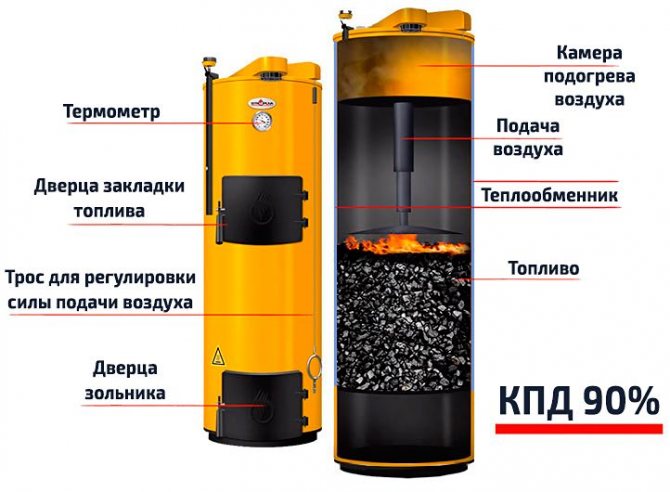

The principle of operation of a long-burning coal-fired boiler on the example of the Stropuva S20 model.
Long-burning coal-fired boilers have a more complex device - the heat exchanger is not located above the combustion chamber, as in the classical version, but behind it or around it, which changes the combustion process itself: coal burns out very slowly (smolders without flame) from the upper layer to the lower one, which significantly reduces its consumption.
For better oxidation, a regular supply of air is necessary, therefore, in such boilers, an upper combustion system is organized, in which air is supplied directly to the coal combustion zone using a pumping system. This combustion method reduces the refueling frequency by about 1.5–2 times.
Efficiency and selection criteria for long-burning coal-fired boilers
Varieties of boilers
In addition to the above options, coal boilers for a private house have the following varieties:
In the traditional version, when coal is fed by hand as it burns. They have a relatively low efficiency and form a large amount of soot.


The flame in them burns from the bottom up, the air is supplied in a natural way. The grates are under the flame, which significantly reduces the efficiency of the work.
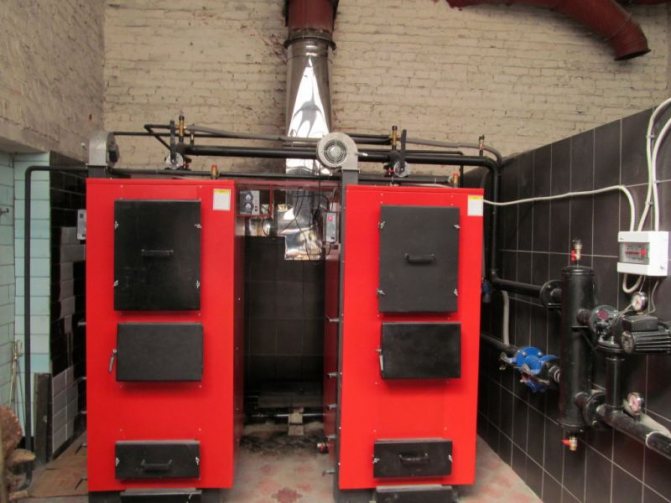

At times, combustion can be out of control, which can lead to overheating of the system and its failure.
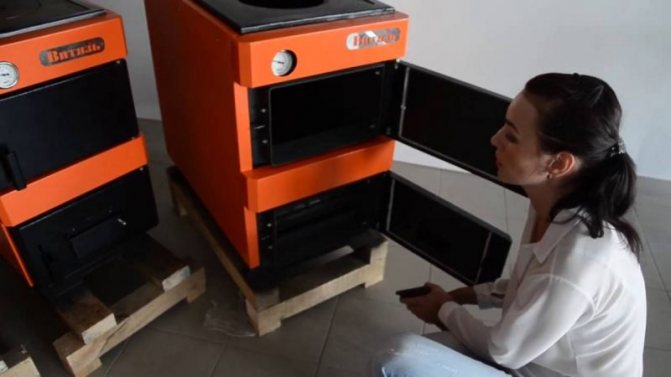

Pyrolysis boilers are more efficient, in them the water is heated not only due to the combustion of coal, but also the gases emitted in this process. In such a combustion chamber, air is supplied through the primary and secondary circuits.


For greater efficiency, coal of a special size is used. The use of automation greatly facilitates the operation of the equipment, contributes to maintaining the set temperature and extends the fuel combustion time.
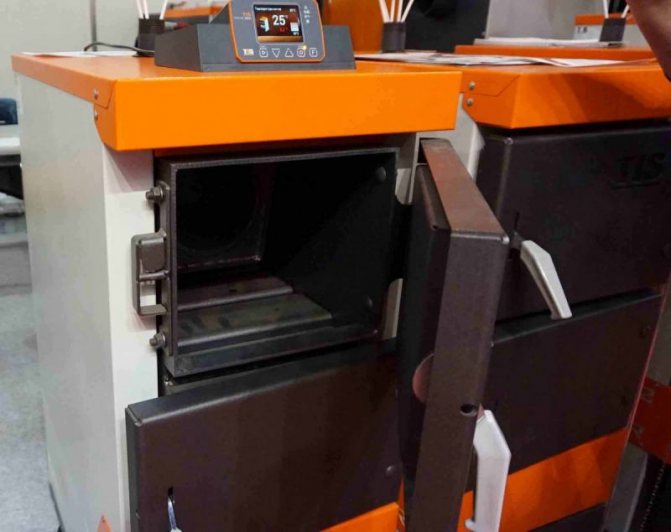

Coal pyrolysis boilers


The principle of operation of pyrolysis coal boilers on the example of the Geyser VP model.
The main feature of pyrolysis-type units is that they have two interconnected furnaces: in one - coal burns and hot gases are formed t = 1200–1300ºC, and in the other - these gases are “burned out”, therefore they are cooled down to the exit from the device t = 150–160ºC and practically no smoke.
Thus, unburned flue gas particles are oxidized and generate additional energy used to heat the coolant. This increases the efficiency of the boiler and ensures the completeness of fuel combustion, which extends the burning time of one bookmark up to 24–30 hours, and taking into account the bunker, up to 4–7 days.
Types of coal for heating
Anthracite is rightfully considered the best coal for heating.
Commercially available coal for heating is divided into the following categories with letter designations:
- anthracite (BUT);
- long flame (D);
- long-flame gas (DG).
Classification by the size of the pieces of sorted coal:
- TO - large "fist" - 50-100 mm
- ABOUT - medium "nut" - 25-50 mm
- WITH - small "seed" - 10-25 mm
All types of coal for heating differ in different degrees of heat transfer, and during combustion they form an unequal amount of by-products. In particular, combustion of gaseous coal and long-flame coal is accompanied by a large release of furnace gas and smoke. Anthracite, on the other hand, contains a more significant percentage of carbon, burns almost without smoke, and after its combustion there is little ash and slag.
Which of the grades of this fuel is better? How much coal does it take to heat a house to last until spring? Among consumers using coal heating, reviews confirm the opinion that anthracite "nut" is considered the best coal. For the heating season, it needs much less weight than other varieties. Therefore, the cost of anthracite is twice as high as that of long-flame.
It should be mentioned that high-quality coal packaged in bags is more expensive than the one sold in bulk. The difference is that there is no dust in the packaged coal that interferes with normal combustion. In addition, when coal is sold in bags, its real weight can be more accurately controlled.
Since the slag after the combustion of coal has to be disposed of somewhere, one of the options may be the manufacture of cinder blocks for the construction of outbuildings.
Bunker automatic boilers
Automatic coal-fired boilers differ from previous versions in that in them the regulation of all working processes in whole or in part (if we are talking about semi-automatic models) is carried out by a programmable microprocessor controller connected to sensors and thermostats.
Long-term combustion is supported by forced air-supplying fans (blowers) and a traction system for removing combustion products.


Model Zota Stakhanov 20. Coal is fed by an automatic mechanism from a bunker connected to the boiler, the feed volumes are regulated by the boiler unit automatics.
For an uninterrupted refueling process, a loading hopper is provided - a metal box with a screw conveyor installed below.
The capacity of the built-in fuel tank in a bunker coal boiler is enough for an average of 2-7 days, and if the fuel is supplied from a separate mechanized storage, then, depending on the area, its capacity may be enough for 3-4 weeks or even for the entire heating season.
How much coal is needed for the winter?
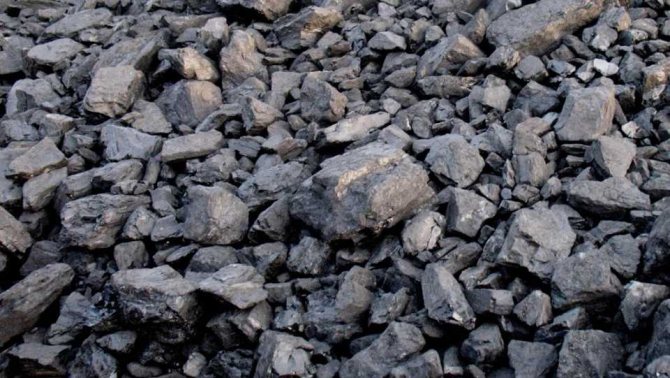

In order not to be left without fuel in severe frosts and not to think about where to put coal in the summer, it is necessary to evaluate a number of parameters before purchasing a particular volume.
These include:
- room area, wall material and insulation thickness;
- the type of windows, doors, the degree of their ventilation;
- type of fuel, boiler, coal laying scheme;
- temperature drops in the region, duration of cold weather.
As practice shows, heating a brick house requires 35% more fuel than heating a wooden or aerated concrete building. This is due to the fact that the brick, due to its characteristics, takes away some of the heat. Roughly for a house with an area of 90 sq. M., Built of cinder-concrete with walls 45 cm thick, stove heating will require from 2.5 to 3.5 tons of coal (2/3 of the volume - "seed", the rest - anthracite "nut") depending on the changing temperature. If there is no additional insulation in such a structure, then the amount of fuel purchased will already be at least 6-7 tons. Wooden house from a bar with an area of 80 sq.m. at a minimum winter temperature of up to -40 ° C (about 1.5 months and up to -20 ° C the rest of the time), it will have to be heated with 5 tons of coal and 5 tons of firewood.
Which one to choose: in detail about the characteristics that are worth paying attention to
The project will help you to make the right choice, it specifies all the requirements for the design parameters, communication connection possibilities, installation data of the room, etc. Special attention in the documentation is paid to the operational characteristics of the device itself.
Direct, long burning or pyrolysis
Comparison of coal-fired boilers using different combustion technologies:
| Direct burning | Long burning | Pyrolysis | |
| Maximum efficiency | 65–75 % | 78–84 % | 85–92 % |
| Autonomous work | no Yes | no Yes | Yes |
| Volatility | no Yes | no Yes | Yes |
| Refueling period | 6-10 h / —— | 12-18 hours / 1-2 days* | 24-30 hours / 4-7 days* |
| Fuel moisture | w ≈ 30-50% | w ≈ 20-30% | w ≈ 7-15% |
| Allowable fraction | up to 60–80 mm | up to 25-50 mm | up to 5-25 mm |
* refueling period taking into account the built-in automated bunker
It can be concluded that there simply cannot be a more efficient combustion of fuel than in an automatic pyrolysis boiler, therefore, if the plans of the owner of the house do not include night refueling and constant supervision of the operation of the unit, then it is better to choose this option.
However, it is worth taking into account its exactingness to the quality of fuel and in advance to attend to the search for a reliable supplier of fine-grained coal or purchase a crusher. In addition, such a heater works only in conjunction with automation, that is, it needs to provide uninterrupted access to power supply.
Primary heat exchanger (body) material
The material from which the body of the coal boiler is made is an important factor that determines the durability and maintainability of the heating system:
- steel - a lightweight plastic material that can easily withstand pressure and temperature drops, but is prone to corrosion and through-burning;
- cast iron - durable material that allows the use of large boiler capacities, but does not tolerate shocks and sudden temperature fluctuations poorly.
If the steel heat exchanger is slightly damaged, there is a high probability that it will be possible to weld the hole, especially if a high-quality "boiler" metal with a thickness of more than 4 mm was used, but if even the slightest crack forms on the cast iron, then the entire part will have to be replaced entirely.


The Viadrus U22 combination model is an excellent example of the combination of a steel primary heat exchanger and a cast iron secondary heat exchanger.
Many manufacturers prefer to combine the strengths of both materials, therefore they produce boilers in a steel case, but with a cast iron firebox.
Single-circuit or double-circuit
The heat generated by the boiler is distributed depending on the number of circuits:
- single-circuit - designed exclusively for heating the room, connected to the system of batteries (radiators) and heats water only for them;
- double-circuit - is used not only for heating the house itself, but also for heating water for sanitary purposes, as well as for "warm floors".
reference... In an instantaneous heater for hot water supply, the heat output must be permanently regulated in accordance with the water flow rate.
Since the intensity of solid fuel combustion cannot be changed in real time (dynamically), only a boiler that receives heat energy from the combustion of gases, i.e., of a pyrolysis type, can be relatively profitable, and even then not always, given the difference in the price of coal for regions.
It is possible to organize a hot water supply system with one circuit. To do this, it is necessary to connect an indirect heating boiler, which will allow water to circulate not only through the pipes, but also to pass into the storage tank (through the built-in heat exchanger), heating the water in it.
Minimum required power and heated area
The method of calculating the required power most often used in a non-professional environment is the ratio of 100 W of heat per square meter of room area:
Q = S × 100
- where Q is the required thermal energy for heating the room (kW);
- S - heating area (m²), 100 - specific power, rate per unit area (W / m²).
For example, for a room with an area of 17.6 m² Q = 17.6 × 100 = 1760 W ≈ 1.8 kW
Usually the calculation is carried out in the direction "from small to large". Simply put, the value for each room is determined separately, and then the result is summed up. This allows you not only to find out the required power, but also to calculate the required number of radiators in the future.
One more nuance: the power is calculated for the most calorific coal that can be burned in the unit. When firing with other coal, such heat generation cannot be achieved, therefore it is recommended to make a power reserve of 10–20%, then the equipment will not work at its limit even in the most severe cold.
How and with what coal is it better to heat a household solid fuel boiler
Efficiency
The coefficient of performance (COP) shows the ratio of the volume of fuel consumed to the amount of useful heat generated by the unit.
This is the most important criterion for the performance of heating equipment, so it is obvious that the higher the efficiency, the better. For a coal-fired boiler, as mentioned above, the indicator varies within 65–92%, which depends on the design, type of combustion and the degree of automation of work processes.
Other important selection criteria
Having decided on the choice of the main parameters of the coal-fired boiler, you can pay attention to the additional characteristics of the unit of interest:
- smoke exhaust device - the degree of heat transfer from gases depends on the chimney elbows, therefore a three-way system is more effective than a one-way system;
- combustion chamber volume - the larger the size of the furnace (calculated in l / kW), the less often you need to report fuel and the longer the battery life;
- management and functionality - boiler equipment can be equipped with a thermostat, weather-dependent automation, a self-cleaning system and a mobile GSM module;
- external thermal insulation - good insulation allows you to reduce the loss of useful energy, preventing sudden changes in temperature and cooling of the boiler;
- presence of lining - furnace chambers with lining are more economical, because they consume 25–45% less fuel at the same power level;
- security - to protect against overheating, an external heat exchanger or an independent cooling circuit and an emergency thermal valve are provided.
reference... The most common type of boiler breakdown is deformation (folding) of its walls. Contrary to popular belief, this is not due to high pressure (it is released through a safety blast valve), but due to banal overheating, since not all units have built-in protection.
Quality indicators of coal
Bituminous coal contains a large number of very different components, each of which can affect the area of use, which makes coal quality control not easy at all. A number of defining characteristics are considered depending on the application. For example, when determining the suitability of coal for coking, more than 30 parameters are taken into account.
To determine suitable coal for a solid fuel boiler or not, it is not at all necessary to know all its properties. It's important to know:
- Calorific value or heat of combustion... This indicator reflects the amount of heat that a unit of fuel produces during combustion. It is usually measured in Kcal / kg. Brown coals produce the least heat - no more than 4500 Kcal / kg, coking coals burn the hottest - up to 8700 Kcal / kg and anthracites - up to 8600 Kcal. It is not recommended to use coking coal in ordinary household boilers: they are not designed for such high temperatures (it happened that cast-iron grates melted from such fuel) and fail, and anthracite must be used correctly.


Calorific value or heat of combustion of coal is an important parameter
- Ash content. This is the main indicator of the quality of coal. It depends on the amount of non-combustible impurities in the fuel. The less these impurities, and hence the ash, the more heat will give you one kilogram of fuel. The ash content of coal is indicated as a percentage. The lower the indicator, the better the fuel quality. High-grade grades have an ash content of up to 25%, while low-grade grades have an ash content of 40% or more. This indicator also affects another not the most attractive process: the frequency of cleaning the oven. It is clear that the more slag is formed after fuel combustion, the more often you will have to remove it. In addition, some of the impurities settle in pipes and technological channels in the form of soot. They also need to be cleaned regularly.

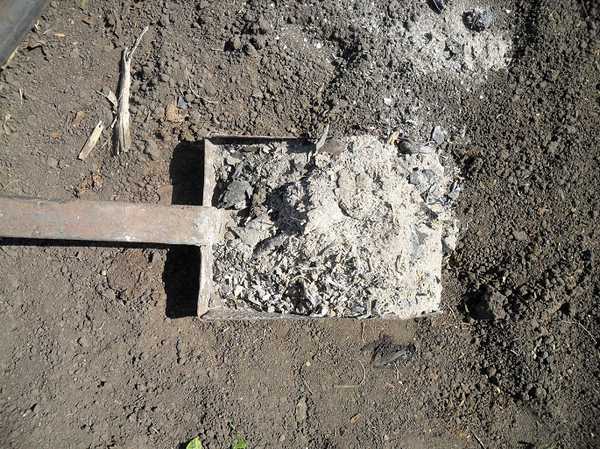
Ash content of coal is the main indicator of its quality
- Humidity. Distinguish between superficial and internal. Surface moisture is removed when ventilated in air, but internal moisture is removed only during combustion. Therefore, the higher the moisture content of the coal, the less heat will go for heating: drying requires significant energy costs. In some cases, it is possible to assess a lot of moisture or not visually: if the coal is frozen, fine fractions are stuck together or caked, there is a lot of water. The advice "moisten the coal so that it burns better" is only justified when there is a large amount of dust: it gathers in lumps, improving air circulation. In other cases, wetting the coal will only reduce the amount of heat generated for heating.
If we talk about the brands of this fuel in general, anthracite is considered the best coal for household heating cola (denoted by the letter "A"): it burns for a long time, white smoke emitted during combustion (little soot is formed), has a low ash content. But not everyone loves it: firstly, it has a high price, and secondly, it is very difficult to flare up.
Long-flame coal has the most optimal characteristics in relation to the price for domestic boilers. It burns for a long time, while the flame is long, like when burning with wood (hence the name), has a fairly high calorific value and flares up easily. Long-flame coal is marked with the letter "D". Used for heating private houses and weakly baked "SS" and skinny "T", but their quality indicators are much worse.
When marking fuel, in addition to the type of fuel, the size of the fraction (size of pieces) is also indicated:
| Name | Marking | Fraction sizes |
| Platen | P | 100mm and more |
| Large (fist) | TO | 50mm-100mm |
| Nut | ABOUT | 26mm-50mm |
| Small | M | 13mm-25mm |
| Seed | WITH | 6mm-13mm |
| Shtyb | Sh | up to 6mm |
| Private | R | No standard |
So if long-flame coal is marked as WPC, it is slab coal, crushed into pieces from 50 to 100mm, DS is a long-flame "seed", etc. It is worth explaining what "raw coal" is. It has an unregulated composition, i.e. it may contain, for example, 80% of the large and medium fractions and only 20% of the shty, and maybe vice versa.
It is unambiguous to say which coal is better. Much depends on the boiler: some are designed for brown coal, and some for anthracite. And if it is indicated in the passport that it is recommended to use anthracite, then it is not necessary to look for a cheaper replacement for it: a ton of coal will cost less, but the amount of it will be needed much more. So you won't be able to save money, but spoiling the boiler is easy.


When choosing coal for a stove, be guided not only by its characteristics.It is worth paying attention to the cost of delivery and the recommendations of the boiler manufacturers.
For those who do not have a passport for the boiler or use a brick stove for heating, you can use the advice of experienced people. It is better to melt a household boiler with long-flame coal of the "walnut" fraction. After it flares up well, anthracite is poured into an even layer for heating in the daytime. It burns for a long time, giving out a large amount of heat. In the evening, in a cauldron well heated with anthracite, you can put a "seed", which will "keep" the temperature until morning. But we repeat again, everyone has different boilers, so you need to choose the optimal mode yourself. The point here is not only to save money, but in the optimal temperature regime, subject to which both people feel comfortable and the equipment works as usual.
The owners of brick ovens are advised to light it with wood. Then, when the oven warms up, coal briquettes (a good type of fuel) are placed in it, or a “seed”, preferably a long-flame one, is poured into it. At the same time, while the coal has not flared up, the blower must be kept open and the dampers must be kept open for maximum oxygen supply. When this bookmark is well lit and the oven gains heat, you can fill in a larger fraction, for example, "coarse" or "nut".
Others advise putting a "nut" in a brick oven after the firewood, and a "seed" for the night. In this order, the seed smolders in a preheated oven, maintaining the temperature until morning.
The best known manufacturers and models: characteristics and prices
Recently, Russian coal-fired boilers have become more and more popular: their quality is constantly improving, and the cost remains quite low in comparison with foreign counterparts. Nevertheless, the most functional and automated boilers are still from European manufacturers. Please note that almost all models have different power versions.
Direct combustion
ZOTA "Master" 20
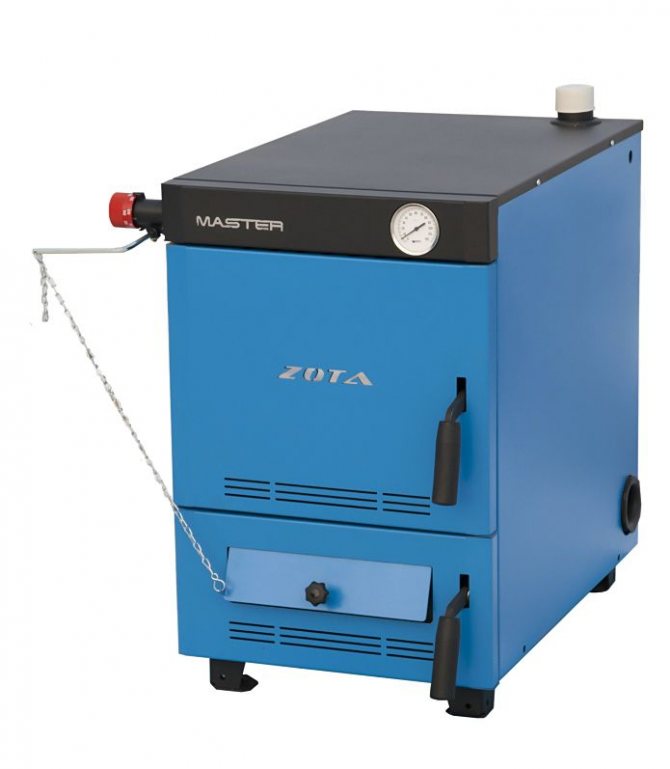

ZOTA "Master" with a power of 20 kW is a very budget insulated (basalt cardboard) boiler that can withstand pressure up to 3 bar and runs on almost any fuel: coal, wood, pellets and gas (optional). He also uses electricity as an auxiliary heat source (TEN).
Country of origin: Russia, OOO TPK KrasnoyarskEnergoKomplekt.
Cost: 25 690-31 889 rubles.
Protherm "Beaver" 20 DLO


Protherm "Beaver" with a capacity of 20 kW is a non-volatile boiler with an operating pressure of up to 4 bar, which has an increased service life, since it uses a high-tech (GG20) cast-iron heat exchanger that is resistant to corrosion and thermal shock. It can only be heated with various coal and wood.
Country of origin: Slovakia, Vaillant Group LLC (Vailant Group rus).
Cost: 67,600-68,445 rubles.
Bosch "Solid" 2000 B SFU 12
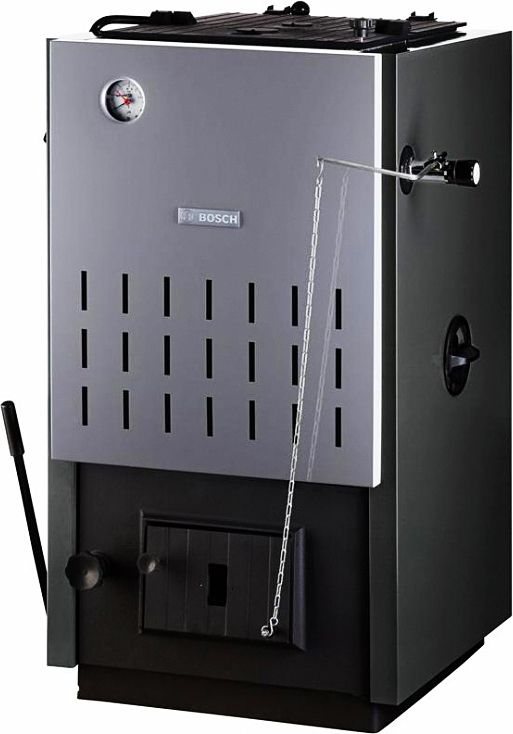

Bosch "Solid" 2000 B SFU with a power of 13.5 kW is a simple, reliable boiler, sharpened for the use of brown coal, but can also burn coal, coke, firewood and wood waste. Equipped with a built-in pressure control device (max. 2 bar), thermal protection and gas swirlers.
Country of origin: Germany, Bosch LLC (Bosch Thermotechnika rus).
Cost: 48 764– 51 436 rubles.
Long burning
Stropuva S15U
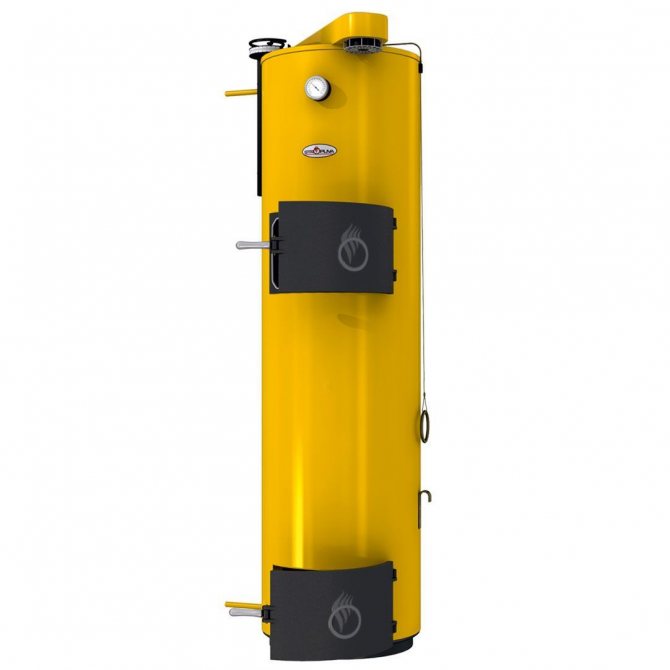

Stropuva S15U with a capacity of 15 kW - thanks to a volumetric furnace that can hold up to 240 kg of coal, this innovative boiler is the unrivaled leader (among compact devices) in terms of burning time per tab: up to 7 days. It consumes coal, pellets, briquettes and firewood, at a maximum pressure of up to 3 bar.
Country of origin: Russia-Lithuania, STROPUVA LLC (STROPUVA).
Cost: 81,500-99,778 rubles.
Boilers with a burning time of one fuel tab up to 7 days
Buderus "Logano" S181-15 E
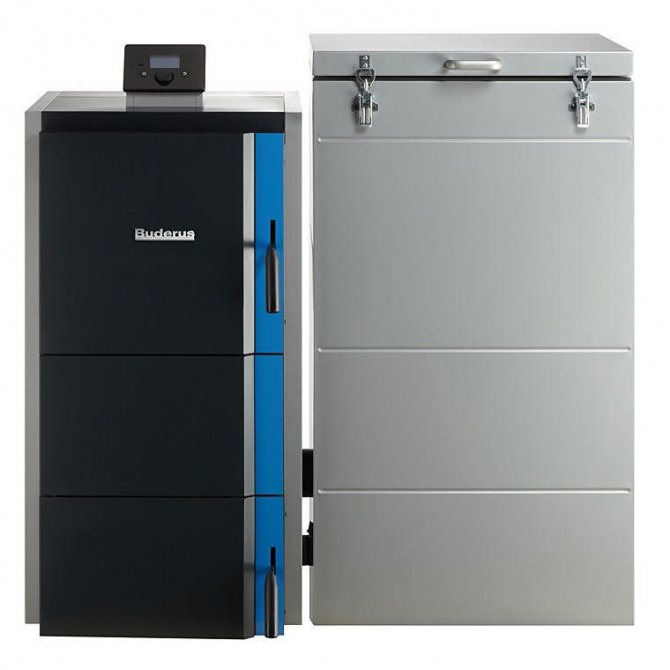

Buderus "Logano" S181-15 E with a capacity of 15 kW is one of the best bunker automatic coal boilers for heating a private house, with built-in water and gas temperature sensors.The improved design of the heat exchanger ensures long burning of coal / pellets and withstands pressures up to 3 bar.
Country of origin: Germany, Bosch LLC (Bosch Thermotechnika rus).
Cost: 252,000-258,840 rubles.
LIEPSNELE L20U


LIEPSNELE L20U with a power of 20 kW is an almost "omnivorous" solid fuel unit that consumes coal, firewood, coal briquettes and pellets, peat, wood chips, other wood waste, etc. When fully loaded with coal, it maintains combustion for up to 7 days. The pressure level is limited to 1.5 bar.
Country- UAB (Vakaro Race).
Cost: 85 449-90 456 rubles.
Galmet "CARBO" 21


Galmet "CARBO" 21 with a capacity of 22 kW is a Polish semi-automatic coal-fired boiler already in its basic configuration has a fairly rich equipment: an intelligent PID controller that controls all boiler components and controls the combustion process, a flue gas sensor, a thermometer and a pressure gauge. Pressure limit - up to 2 bar.
Country of origin: Poland-Russia, GALMET LLC (GALMET-RUS).
Cost: 113 890-116 759 rubles.
Features of the
A domestic-type automatic coal-fired boiler still requires human intervention: fill the tank, mechanically remove ash and monitor the uninterrupted supply of electricity. But even so, they are an excellent alternative to all other types of heating equipment.
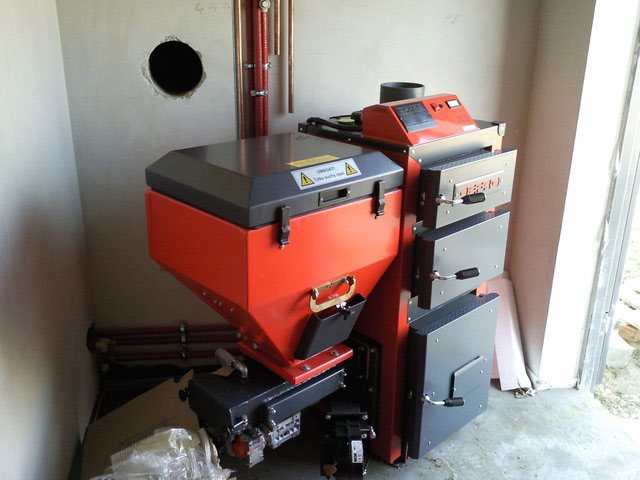

The problem is the frequent breakdowns of the working mechanism, which require expensive repairs. In addition, downtime leads to cooling of the house (heated room).
Prices: summary table
Price rating of popular models of coal-fired boilers:
| Coal boiler model | Cost, rub. |
| ZOTA "Master" 20 | 25 690–31 889 |
| Protherm "Beaver" 20 DLO | 67 600– 68 445 |
| Bosch "Solid" 2000 B SFU 12 | 48 764– 51 436 |
| Stropuva S15U | 81 500–99 778 |
| Buderus "Logano" S181-15 E | 252 000–258 840 |
| LIEPSNELE L20U | 85 449–90 456 |
| Galmet "CARBO" 21 | 113 890–116 759 |
| ZOTA "Carbon" 20 | 47 900–53 290 |
| Teplodar "Kupper" OVK 10 | 23 050–25 680 |
| Thermocraft "Uragan" Prof 22 | 28 640–34 641 |
Poll: Why did you choose a coal-fired boiler?
How to properly heat a coal boiler
Before putting the boiler into operation, it is necessary to set up its operation:
- test the heating system for strength by increasing the pressure × 1.25;
- check the draft by bringing a strip of paper to the air supply flap;
- turn on heating 80 ° C and correlate the thermometer data with the draft regulator;
- adjust the position of the damper to achieve the required temperature;
- test draft at 90 ° C, at 95 ° C at the outlet, the damper should close by itself;
- after calibration, a constant temperature of approx. 80–85 ° C is set.
Due to prolonged ignition, the efficiency of the boiler decreases, therefore it is recommended to first burn lighter fuel with lower efficiency, and only then add fuel with higher efficiency. For example, you can start kindling with paper and small dry wood, and after they have completely burned out, add charcoal.
Subsequent maintenance is reduced to performing cyclical actions:
- timely loading of coal into the furnace or bunker, if the boiler is automatic;
- removal of the upper crust layer, sintered and fused pieces of coal;
- cleaning the combustion chamber from slag and ash pan from accumulated waste.
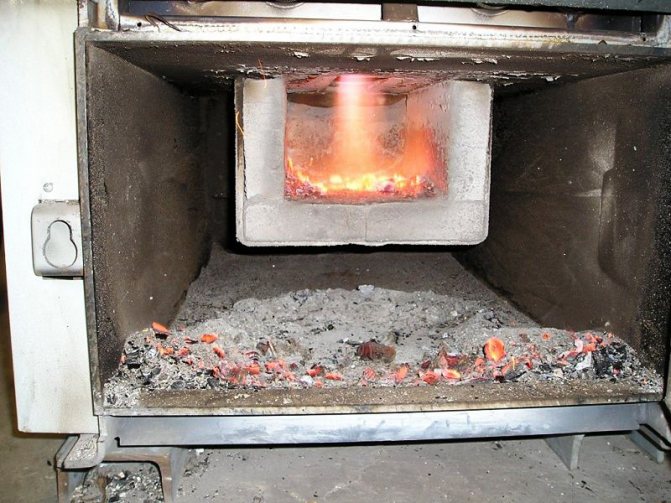

Ash pan of a pyrolysis boiler when fired with coal. To save raw materials, sift the contents of the ash pan through a sieve, the unburned coal fractions remaining in the sieve can be sent to the re-furnace!
Classic boilers are not demanding on fuel: they are fired with almost any solid fuel, even household waste, but high performance can be achieved only using coal with a moisture content of up to 30% and an ash content of up to 25%. Otherwise, the efficiency will be much lower than that declared by the manufacturer.
But the design of pyrolysis boilers and long-term combustion was originally developed for a certain standard, therefore, the requirements for fuel quality are higher: the coal should not only be low-moisture - up to 20% and low-ash - up to 15%, but also have a fixed size - from 5 to 25 mm.
Where to buy a coal boiler for heating a private house
In Moscow
- Comfort-Eco, Dmitrovskoe highway, 100, building 2, tel. +7 (495) 921-37-61.
- My Kotel, Volokolamskoe highway, 116 bld. 2, tel. +7 (495) 221–56–79.
In St. Petersburg
- TekhnoDom, 57 Stachek ave., Komsomolskaya square, tel. +7 (812) 671–00–88.
- Kit-Teplo, st. Litovskaya, 8, +7 (812) 295–00–05, +7 (812) 248–18–88.
Summing up, it should be said that coal-fired boilers are a "golden mean" between ease of use and fuel costs, so if the house is not connected to the gas main, then its installation is fully justified. Even better - the automatic version: it will help you survive even the harsh winter with comfort.
InstructionsLong burning boilersPyrolysis boiler unitsSolid fuel boilersCoal-fired boilers
